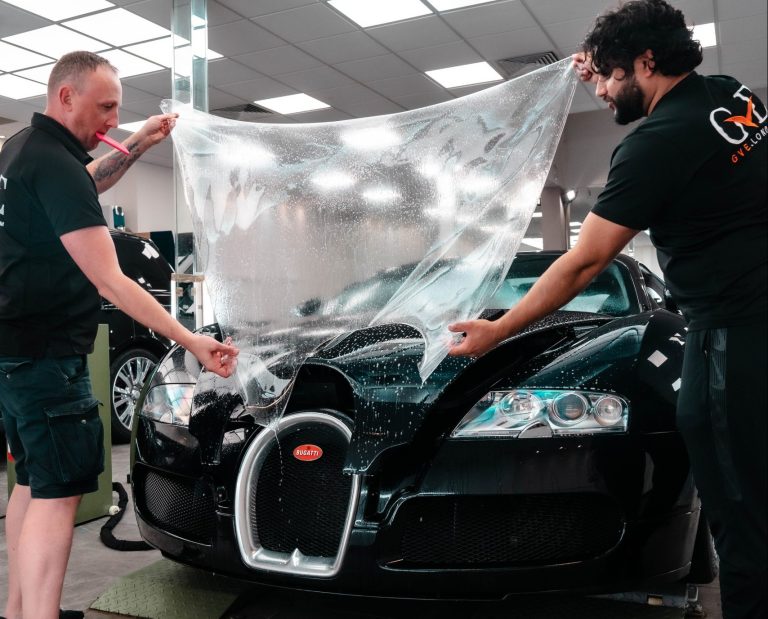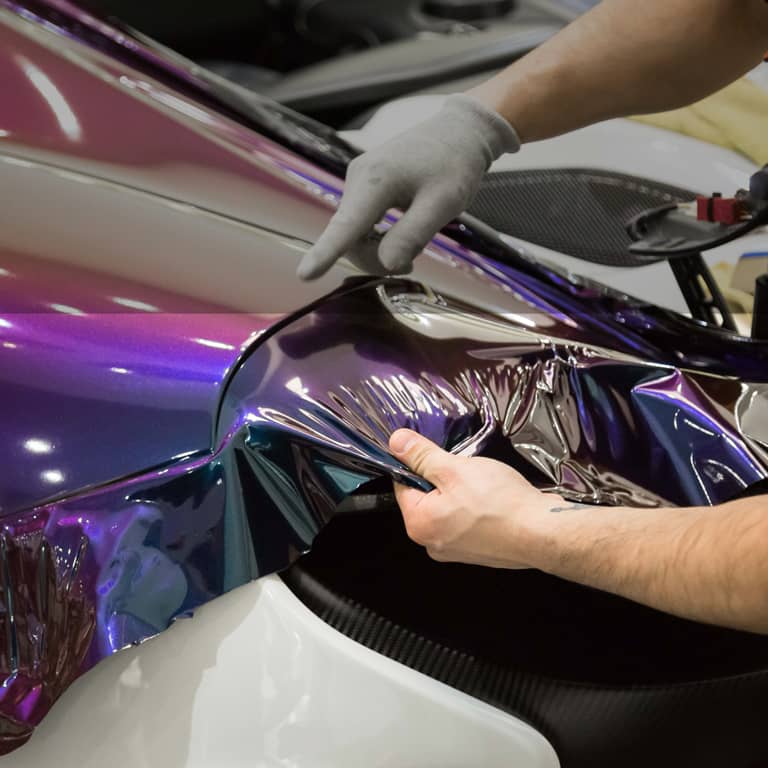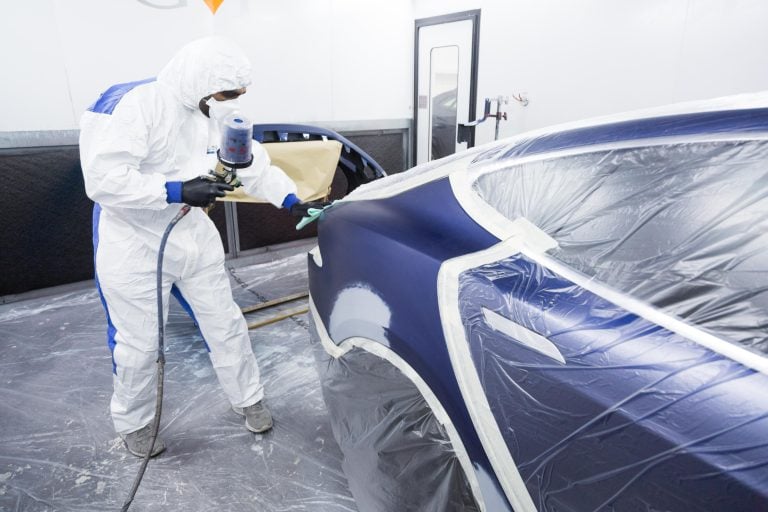- Showroom Case Studies
Challenges in Luxury Car Exports and How to Overcome Them | GVE London – Blog
Exporting luxury cars from the UK is complex due to logistics, regulations, and after-sales support. Learn how to navigate challenges and simplify the process.
The world is more interconnected now than ever before. There was a time when sailors took a dangerous voyage across the seven oceans, risking their lives for garments or spices—things we could order online now and be in possession of by the time the sun goes down. Times have changed. However, exporting still isn’t at the level where it could be called “easy,” especially when we’re speaking of exporting something as massive and advanced as a vehicle.
In this blog post, let’s take a look at the challenges faced when exporting cars from the UK, especially luxury vehicles.
Why are Luxury Car Exports so Complex?
There are several reasons which make exporting vehicles abroad a complicated process. This list would include the obvious reasons like logistics and security concerns, but also specific challenges related to luxury car export, as well as a few more that might not jump out initially:
High Value and Specialized Handling
Shipping clothes is super easy. Pack them, fold them, and ship them out. Voila! All done but a luxury car cannot be treated the same way as any other product that gets shipped out on a container. They tend to require extra care because they hold both emotional and financial value.
Custom and Regulations
Ah, yes. Paperwork. The bane of a car enthusiast’s existence. Each country has its very own import regulations, safety standards, emissions requirements, tariffs and taxes. Cars might also need some special modifications that are specific to a domestic market. If working alongside a trade showroom, this process gets a lot easier. However, understanding the nuances of each and every regulation and custom can be a little much if doing it solo.
Read Also: Common Mistakes to Avoid When Exporting a Car from the UK
Logistics and Supply Chain
A lot can go wrong with logistics and supply chains. Issues can arise at the port, leading to delays. Customs can cause, you guessed it, delays, if any paperwork isn’t done their way. If the car reaches the destination, transporting it from the port to the customer or a trade showroom becomes yet another factor to consider. It is quite a hassle.
Limited After-Sales Support
A luxury car is a complex piece of engineering which, realistically, not everyone can work on. You cannot take it to just any garage down the street, it needs professionals that know what they’re doing and as the tools required. Providing after-sales service and spare parts for luxury vehicles can be challenging, especially when exporting to countries where authorized supercar showrooms don’t exist that can lend a hand.
How to Overcome These Complexities?
With some prep time, formulate a plan of action in order to overcome the complexities that surround exporting cars from the UK. Here’s what one can do:
- Tie up with a luxury car export agency or trade showroom. The entire work can be delegated to them, and they’ll be in charge of taking care of everything. This is, by far, the easiest solution here.
- To protect a luxury car during transit, do not cheap out on shipping. Opt for a secure and well-reputed shipping company, and consider getting insurance beforehand in case of a mishap.
- Stay on top of the changing tariff structures for luxury cars in different regions. Plan for high import duties in advance.
- Tie up with a supercar showroom like GVE London in the destination country to take care of parts and servicing.
Conclusion
Car culture unites people from all corners of the globe. Europeans seek to get their hands on JDMs, while Asians crave a taste of American muscle. This mutual demand has made car exports a thriving trend since the advent of automobiles. To simplify this complex process, reach out to GVE London, West London’s premier trade and supercar showroom. GVE London specializes in supercar servicing, detailing, PPF application, and custom modifications to ensure your vehicle remains in pristine condition during transit.
Frequently Asked Questions
Conduct market research to understand demand, local purchasing power, and consumer preferences. Look for regions with a growing middle and high-income class and an appetite for luxury goods.
You cannot do much unless you have insurance, so ensure you have it along with photographic and video evidence of the car’s condition before the damage.
To reduce shipping costs, consider consolidated shipping, where multiple vehicles are transported together, or opt for sea freight over air freight for cost-effectiveness, though it may take longer.
Contact Us
"*" indicates required fields
OUR SERVICES

PAINT PROTECTION FILM

WRAPPING

SERVICING









